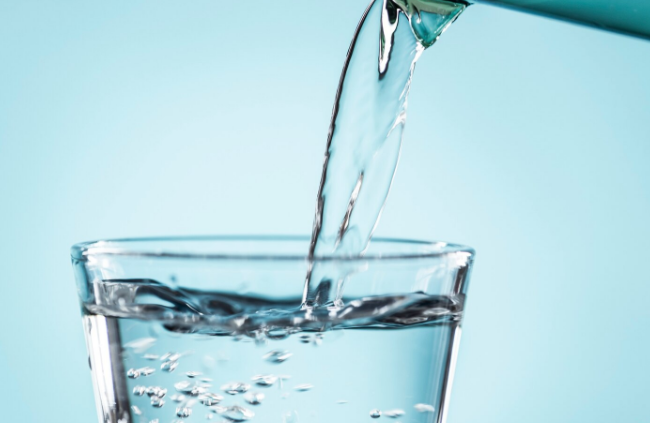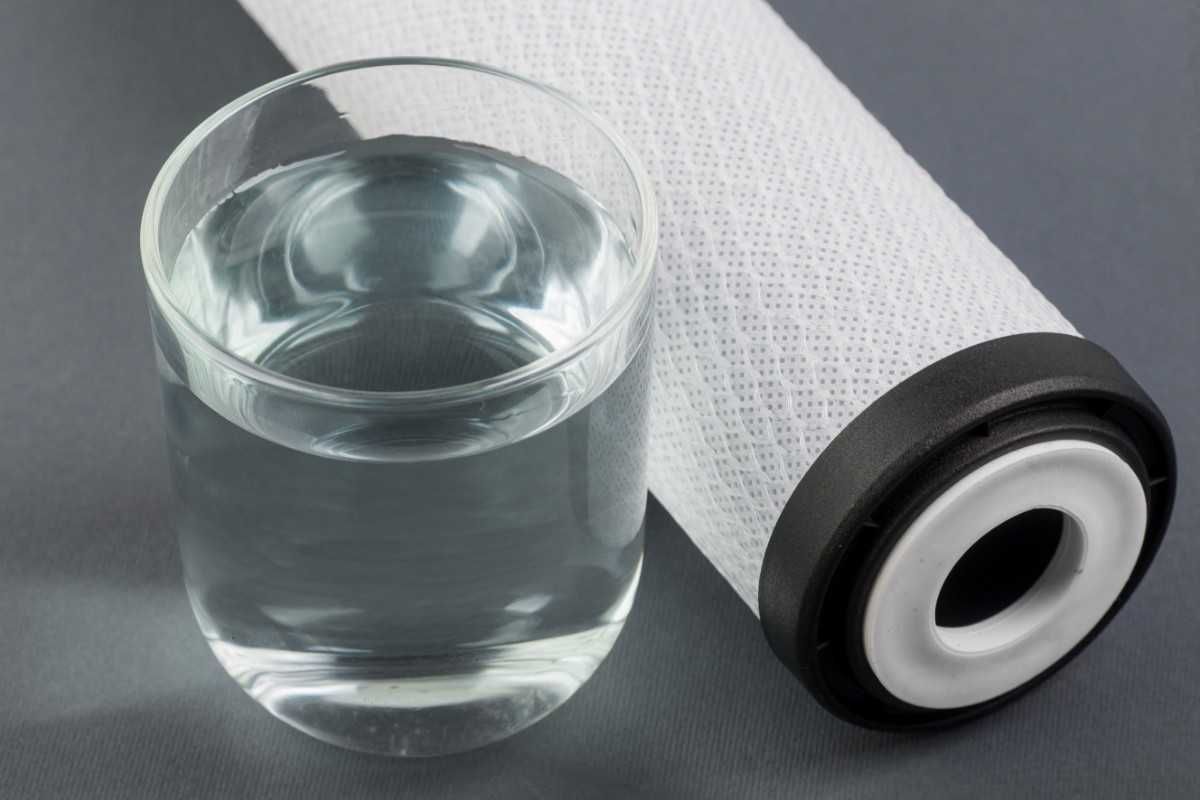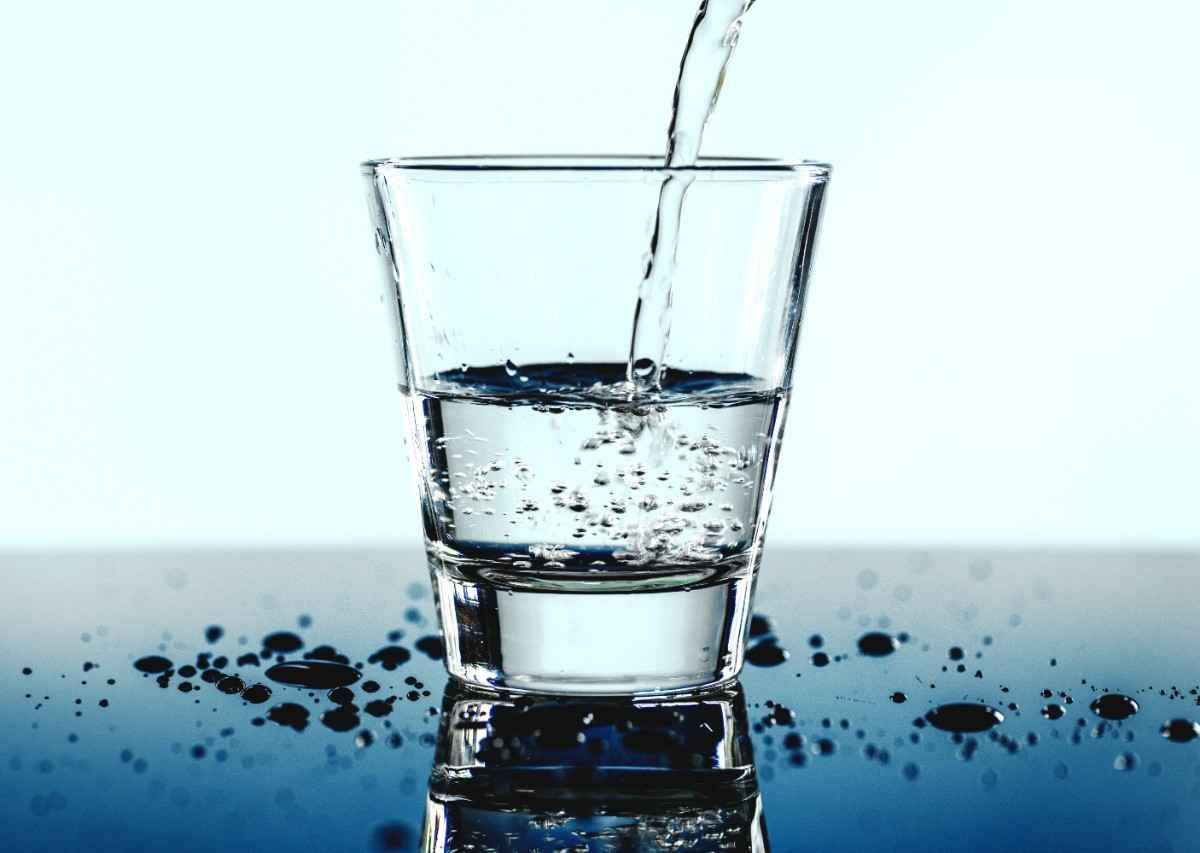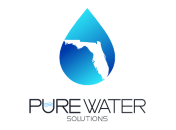Why Should You Consider Installing a Whole Home Water Softener?
Whole Home Water Softener
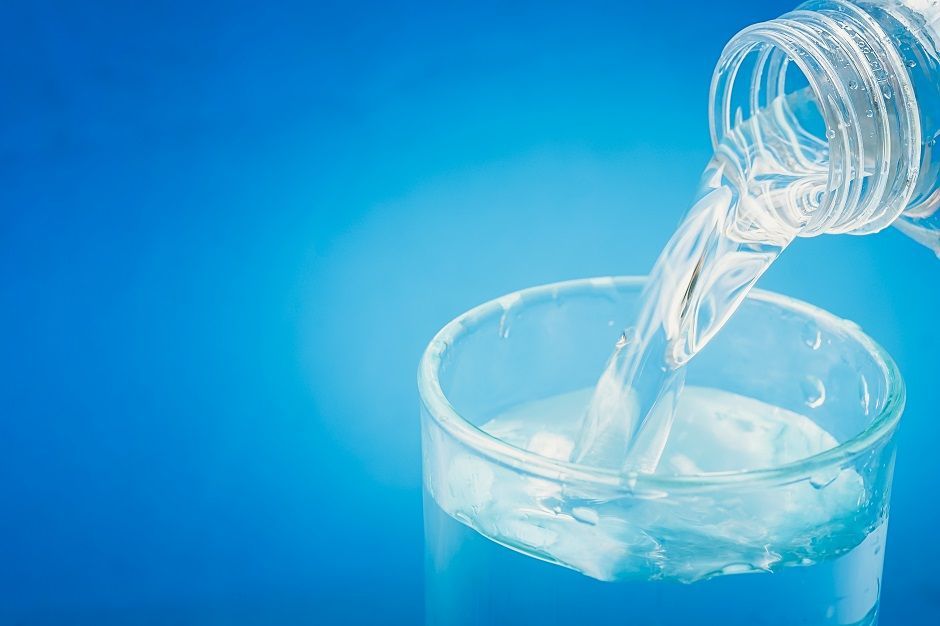
When it comes to our homes, we want nothing but the best – and that includes the quality of water we use. If you've ever dealt with issues like dry skin, limescale buildup, or dull laundry, it might be time to consider a whole-home water softener. Let's explore why this could be a game-changer for your household.
Understanding Water Softeners
Before we dive into the "why," let's get acquainted with what a whole home water softener is all about:
Taming the Hardness: Water softeners are systems designed to combat hard water. Hard water contains minerals like calcium and magnesium, which can lead to various household woes.
Ion Exchange Magic: Water softeners work through a process called ion exchange, where calcium and magnesium ions are swapped with sodium ions, making water "soft" and gentler on your appliances and skin.
Whole Home Solution: Unlike point-of-use softeners that target specific faucets, whole home water softeners treat water at its source, ensuring every tap benefits from softened water.
The Perks of Whole Home Water Softeners
Now that we're on the same page about water softeners, let's explore the perks of having one in your home:
Silky Smooth Skin and Hair: Say goodbye to dry, irritated skin and lifeless hair. Softened water is kinder to your skin and helps retain its natural moisture.
Shiny Fixtures and Appliances: Hard water can leave unsightly limescale deposits on faucets, showerheads, and appliances. Softened water prevents this buildup, keeping your fixtures sparkling.
Brighter, Softer Laundry: Clothes washed with softened water tend to come out brighter, cleaner, and softer. Plus, you'll use less detergent, which is great for your wallet and the environment.
The Hidden Savings
When considering whether to install a whole home water softener, don't overlook the potential savings:
Appliance Longevity: Softened water extends the lifespan of appliances like dishwashers, washing machines, and water heaters. It prevents scale buildup that can clog pipes and damage mechanisms.
Reduced Energy Bills: Appliances running efficiently use less energy. With softened water, appliances work better, which can lead to lower energy bills over time.
Less Cleaning Supplies: Softened water means less scrubbing to remove limescale stains, reducing the need for harsh cleaning products and saving you money.
Making the Decision
Now that you're armed with knowledge, it's time to consider whether a whole home water softener is right for you:
Evaluate Your Water: Start by testing your water's hardness. If you notice limescale buildup, dry skin, or dull clothes, you might benefit from a water softener.
Calculate Long-Term Savings: Consider the potential savings in terms of appliance replacement, energy bills, and cleaning supplies. These can add up significantly over time.
Budget-Friendly Options: Explore different models and brands to
find a water softener that fits your budget and needs. The initial investment can pay off in the long run.
Conclusion:
Installing a whole home water softener isn't just about treating water; it's about enhancing your overall living experience. From enjoying smoother skin to saving on energy bills, the benefits are numerous. As you ponder this decision, remember that investing in your home's water quality is an investment in your comfort, well-being, and long-term savings. So, go ahead, consider the softness factor, and take a step toward a more comfortable and vibrant home environment.
